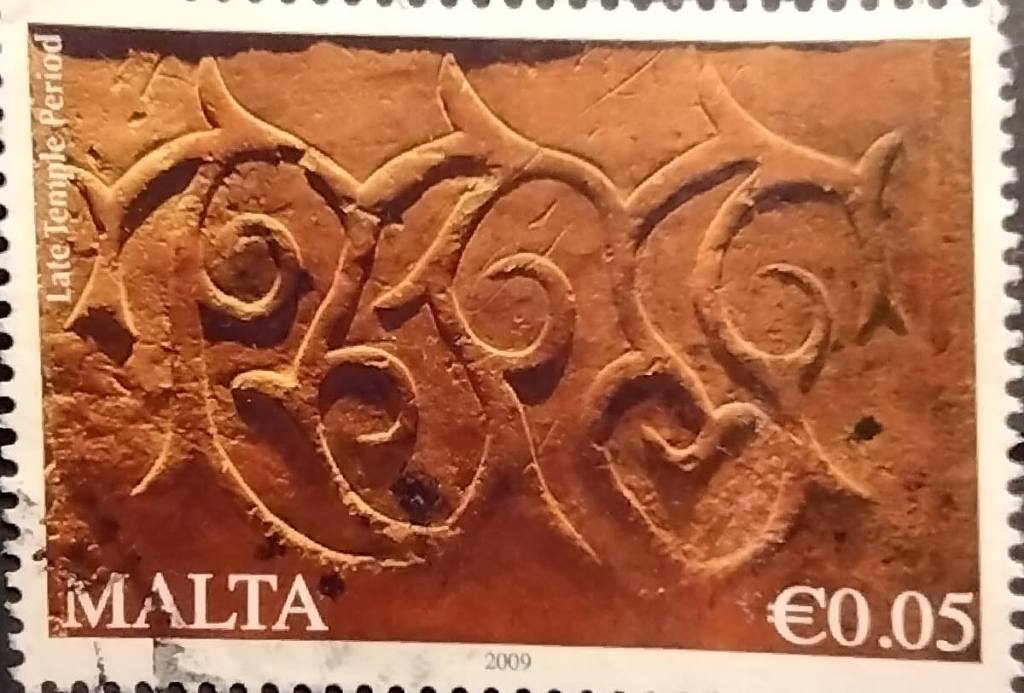It was a while since I have published any posts about my post-pandemic travels. In 2021 I did not visit places I was writing about in my blog, but I have visited Cologne (Germany), Milano and Como Lake in Italy (I stayed in Bellagio), Starberger See in Germany, Zurich in Switzerland, and I visited the USA again, this time exploring Mississippi and Louisiana states. I could write lots of posts about my travels, but I have no emotional resources at the moment. Instead, I want to continue planning more travel trips and start a new project: writing about postage stamps.
How did I get there?
In March 2020, when the pandemic has started, I found joy writing letters to strangers, who are now my dearest friends. In October that year, I learned about the Postcrossing community and it has become another hobby of mine, collecting postcards and sending them to people who will appreciate them and feel happy. Finally, in 2021 I heard a podcast about postage stamps and decided to give it a try, as I receive about 20 postcards on average which contain a minimum of 1 or 2 postage stamps. That’s already a great start to this hobby.
To make this hobby more exciting, I will try to publish posts about the top 3 stamps of the week. This week I will make research about Maltese, Swedish and Lithuanian stamps.
Malta

The first postage stamp in my stamp collection is the one from my Maltese pen-pal friend. The stamp has been issued on the 28th of December 2009. It is a part of the postage series “History of Malta (2009 – 2012), which consisted of actually 17 stamps (luckily I have 2 of them) that depict the different timelines of Maltese history, from the Pleistocene period to modern photography. This stamp is a “Carved Stone Pattern – Late Temple Period” which has been designed by Edward D. Pirotta and Paul Psaila. The issue is called “History (History of Peoples) Fauna (Prehistoric)“, which gives us a bit of explanation that this Maltese stamp represents the Prehistoric period and the carved stone on the stamp depicts people and fauna of that period.
There are 700 000 postage stamps of the “Late Temple Period” and I own 11 stamps. (on 09.01.2022) Maltese postage stamps are my favorite stamps in my collection.
Sweden

As you have noticed this postage stamp does not have a face value like the Maltese above, because these stamps have a fixed value and can be valid anytime, no matter how much will the postage fee increase in the future. They are equivalent to the American postage stamps USA “Forever” stamps. Let’s say I bought this stamp in 2009 for 50 cents, and if I decide to use it in 2022, it will still be valid. Let’s examine this postage stamp. It arrived at my house from Sweden. “Sverige Brev” from Swedish means “Sweden Letter/Mail”, but if we translate from the postage language, “Brev” is one of the forms of non-denominated postage, and it means “the first-class delivery within Sweden”. My pen-pal from Sweden usually puts two or more, depending on the weight of the letter.
This postage stamp is called “Pride Flag” or “Prideflaggen”, and it has been designed by Lisa Rydell and the stamp was issued on 4th May 2016 to honor diversity and LGBT pride in Sweden.
Lithuania

The name of this stamp is “Historic Lithuanian Flags – Presidential Flag”, which I have probably received via Postcrossing. It belongs to the series of “Historic Lithuanian Flags (2019)” and it was issued on the 4th of January 2019. Apparently, Lithuania has several flags: national, presidential, and state flags. The one on the stamp is a presidential flag. Unfortunately, my photo is quite blurry, but if you look at the flag’s details, you can see an argent knight surrounded by the griffin and the unicorn. Both those creatures have been already a part of Lithuanian state heraldry since the beginning of the 16th century. The griffin symbolizes “eagles’ vigilance and keen eye, and lion’s strength and pride, whereas the unicorn symbolizes wisdom, tolerance, and innocence”. According to the colnect database, there are 600 000 printed stamps of this kind. If you are interested in reading more about the Lithuanian Flags, I recommend visiting this blog.
That’s all for today,
Have a great day!
Your Anna
P.S All images are from my postage stamp collection
